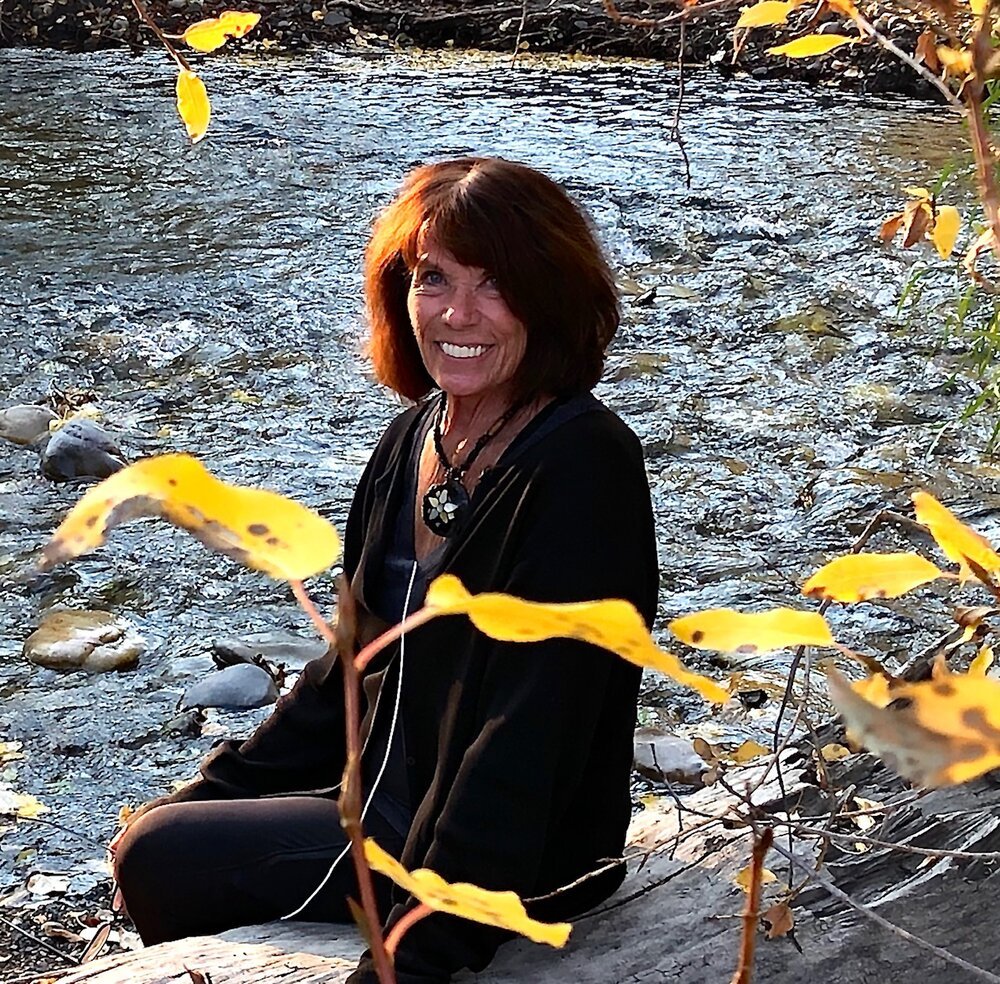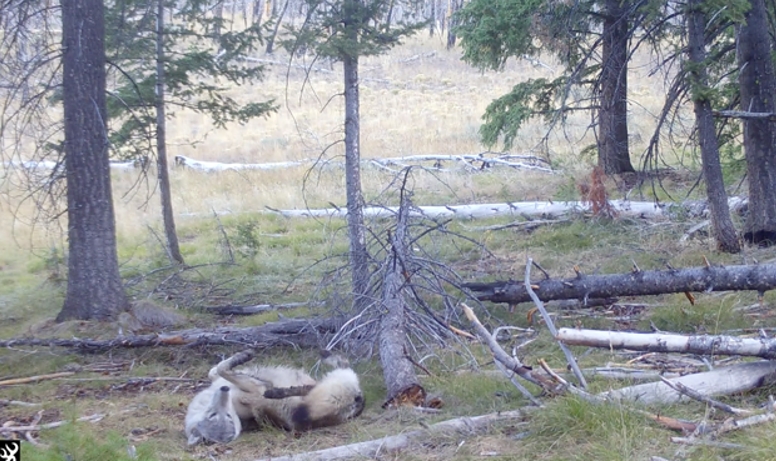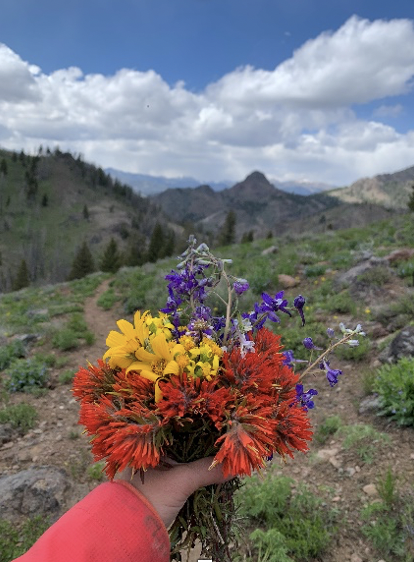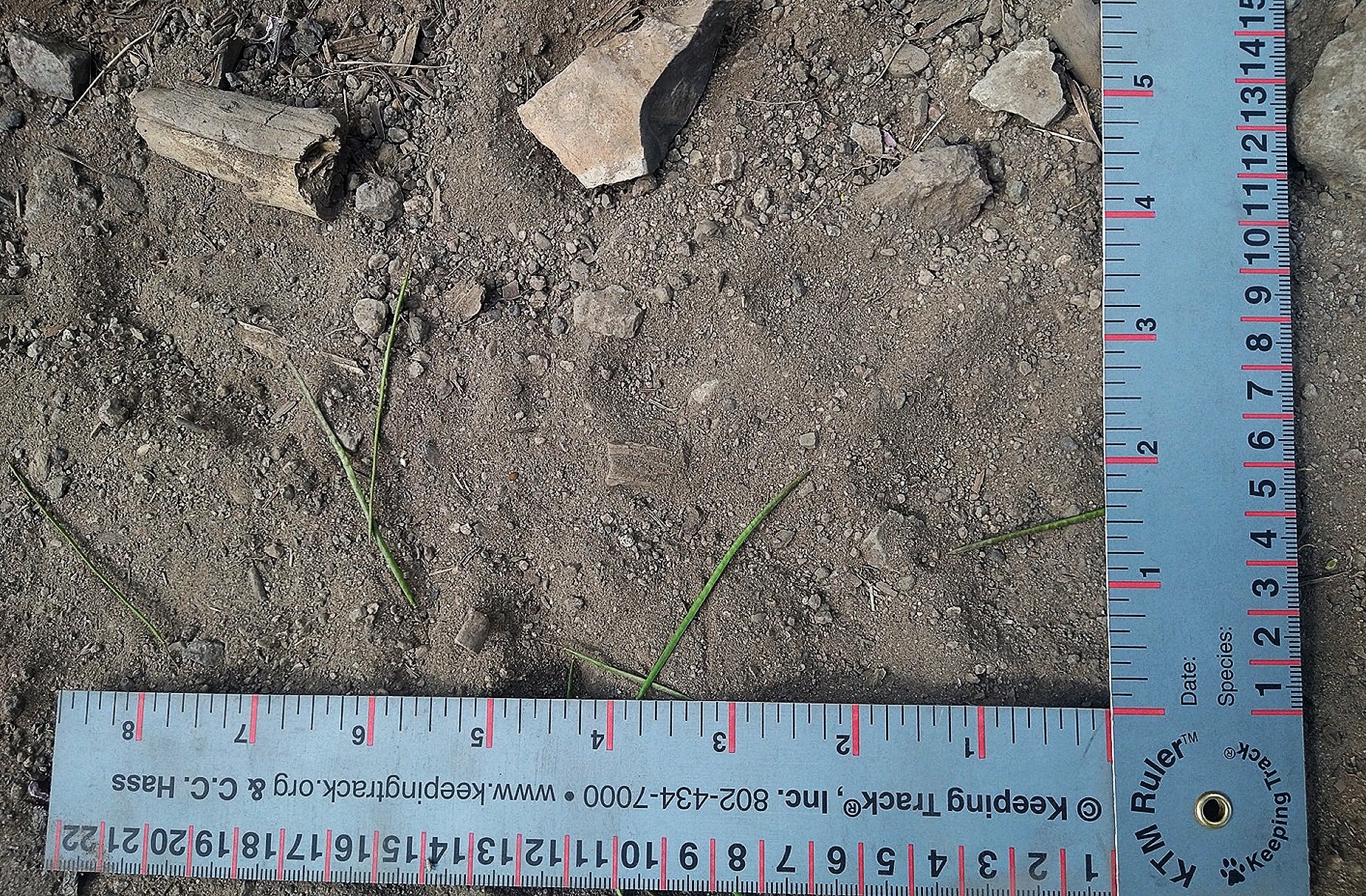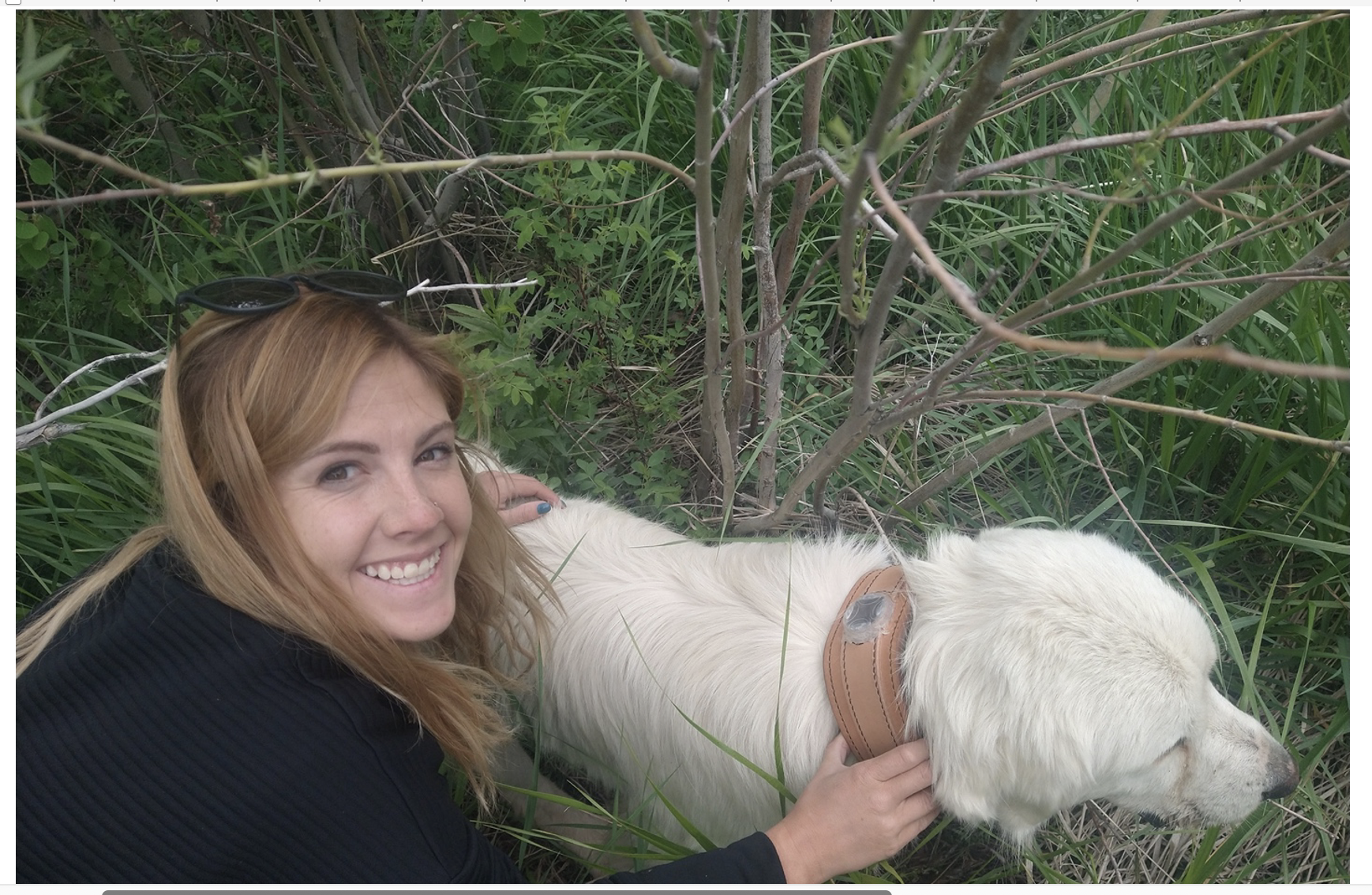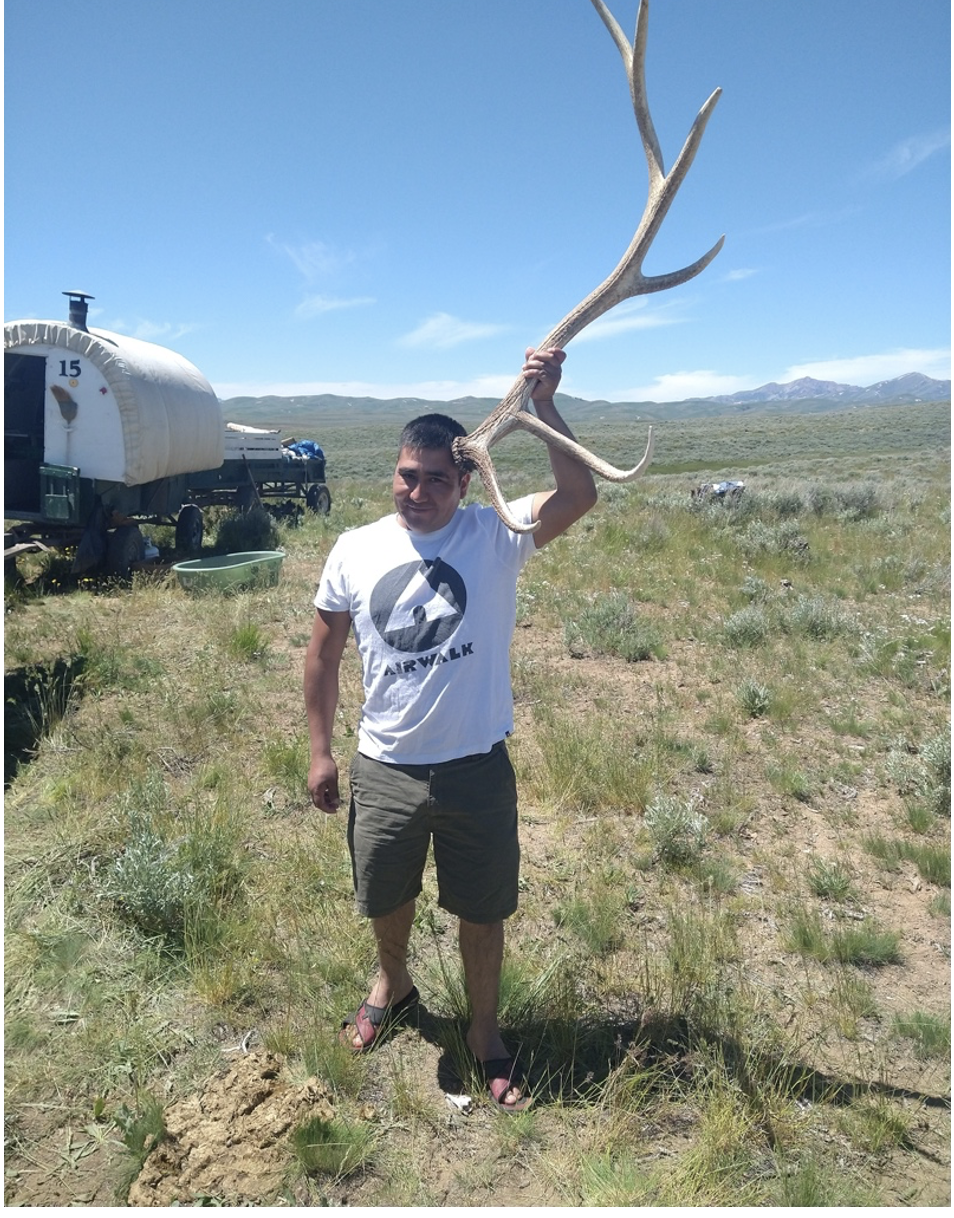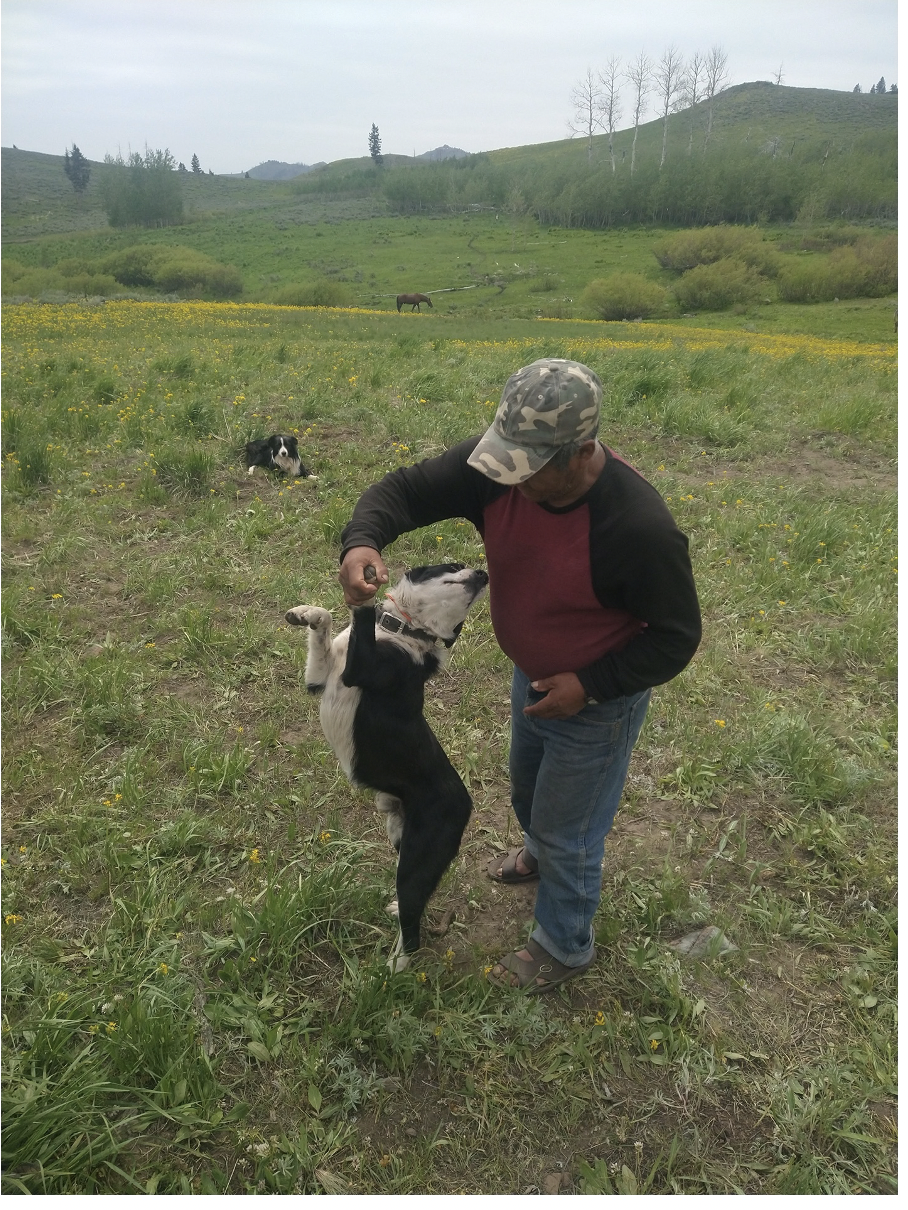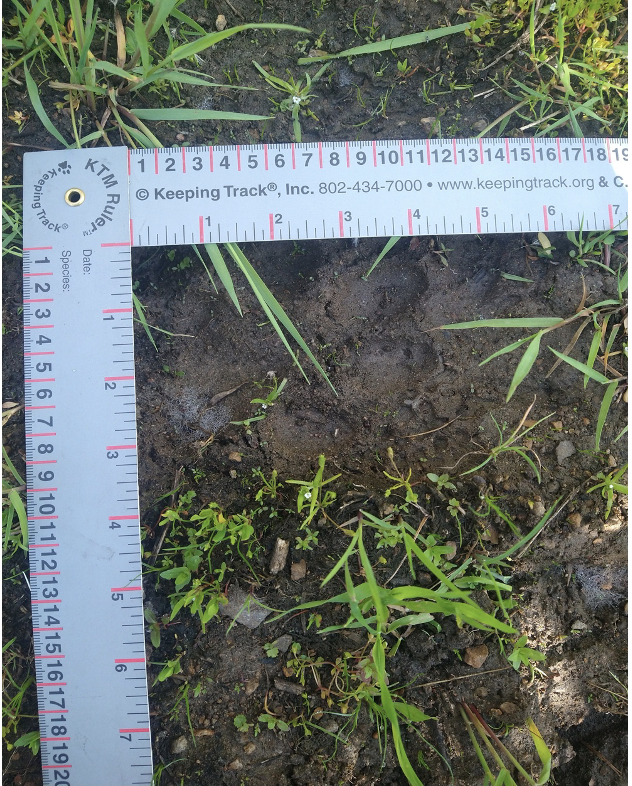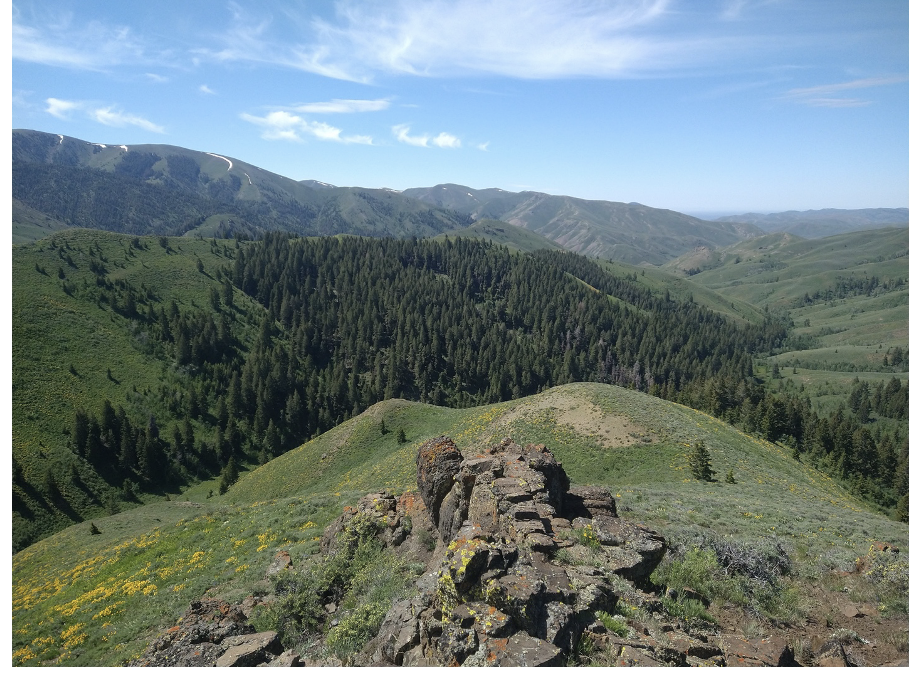Very early the next morning I headed out to see for myself what loading the sheep looked like. When I got there, a livestock guardian dog had gotten away. I introduced myself to Mike and Mark Henslee, the two brothers that run Plateau Farms, and asked what had happened. He explained that if the dogs don’t get loaded into the corral before the sheep, they’re impossible to catch. “They hate getting loaded up in the trucks,” he said “The best way to keep these dogs away from you is to tell them: Come here boy!” I made a mental note that I would have to try that the next time the dogs start running after me while visiting the herders.
Before long, the sheep-loading began. A series of fences lets them move sheep into different loading zones. The final loading area gradually narrows till its wide enough for one sheep at a time to enter. The sheep then run up a plank into the awaiting semi for transport. Meanwhile, Alfredo, Sixto and Ray stand in the corral whooping and hollering while throwing their arms up and shaking some hollow plastic tools filled with what seemed like beads. Sheep are extremely skittish animals, so this was enough to motivate them to move forward into the truck. Some didn’t and jumped higher than I ever would have thought it possible for a sheep to jump, nearly careening over the fence itself. Some moved so fast they were able to fit themselves between the metal bars of the corral. Still, the far majority nervously baa-ed themselves along the corridor, ready to be transported north into the Sawtooth National Recreation Area. As the first couple rounds of sheep were herded up, I let Mike know that I’d been bringing equipment out to Alfredo and Sixto, and that we had more coming as soon as our orders came in. He seemed relieved that the project had already gotten out to talk with the herders and bring them equipment. I thanked the brothers for letting me watch their operation work, said goodbye to Alfredo and Sixto, and headed on my way.
To finish off the week, I went to find Roberto again. Kurt had shown me a much lighter, easier to carry way of setting up the Fox Lights. Using plastic posts, I can cut them down to the right height and eliminate the unnecessary burden of carrying extra weight for the herders. Cutting them down to about the height of a wolf makes them more effective because the lights are emitted horizontally. If the light is in the wolf’s line of sight, the light appears much brighter and thus is much more effective at deterring them. I brought a few of these posts out to Roberto, as well as a fresh, piping-hot chicken breast from Atkinson’s. He had asked me if I would bring him one, and boy he looked like he needed it when he showed up. His herd showed up first, with hundreds of sheep baa-ing incessantly, running towards a water trough situated just in front of Roberto and Darío’s sheep wagons.
Roberto arrived on foot. I had expected him to have his horse, but he left it up above. Once he got his flock settled, he dug into the chicken and cracked open a cold soda. After eating, he asked me to help him count his black sheep, which can be helpful to know whether other sheep are missing. Because sheep tend to stick together in groups, and because there are only a few black sheep to a flock, counting them can be a quick way of seeing whether a herder is missing sheep. For the next twenty minutes or so, I imitated what I had seen Alfredo and Sixto doing in the corral the day before, whooping and hollering to make the sheep moving up the drainage we were in. I moved back and forth to get at the straggles. Roberto stood at a vantage point to make sure he could see the whole flock and count them as they passed by. “Todo bien. Hay nueve.” All good. The nine black sheep were there. He probably hadn’t lost any others.
As Roberto prepared to head back up the hill, we watched as the sky grew ominously dark. He mentioned that he didn’t have a rain jacket. I asked him what else he might need, and slowly he told me that he could use some new work clothes, both shirts and pants, and a new backpack. All of his clothes are falling apart from constant use, day-in, day-out. His backpack’s zippers don’t close and the straps are close to coming off. He made it clear that he wouldn’t want anything new, just something from a thrift store. I let him know I would see what I could do
I want to try and make these guys’ lives as easy as they can be. They are helping us out when they use our equipment. They already work every day of the week, all year long. They spend long lengths of time away from their friends and family to come be herders. At the end of the day, the community’s desire to coexist with the wolves depends on the buy-in from the herders. People like Roberto and Doroteo are the ones using this equipment every day, in order to avoid depredations and conflict. I can go out there every day and talk to these guys, showing up to watch them load sheep and help count them, but if they don’t have the tools to assist them with the task that we have presented them with, they are far less likely to do it. Without the right shoes, backpacks, and clothes, their job of being a herder and a volunteer livestock guardian becomes far more difficult.
While talking about developing buy-in from the project’s partners in my previous blog post, I’ve spoken about the need to develop human relationships based on trust. At the same time, this trust needs to be followed up with reciprocity. We both help each other out in a way that enhances both of our lives and furthers both of our goals. By getting the herders the equipment they need, i.e. backpacks and good shoes, their jobs and our goals will be accomplished much easier. I think this reciprocal generosity and mutual aid between the herders and the project will bear fruit for years to come; hopefully much longer than I am around to see. With that being said, I will be scouring the Gold Mine and the Attic for dependable gear to get out to these guys in the hopes of getting them on solid ground so that they can do their jobs as best as they can.
Hope to see you on the trail!
Logan Miller, Field Manager
Wood River Wolf Project


